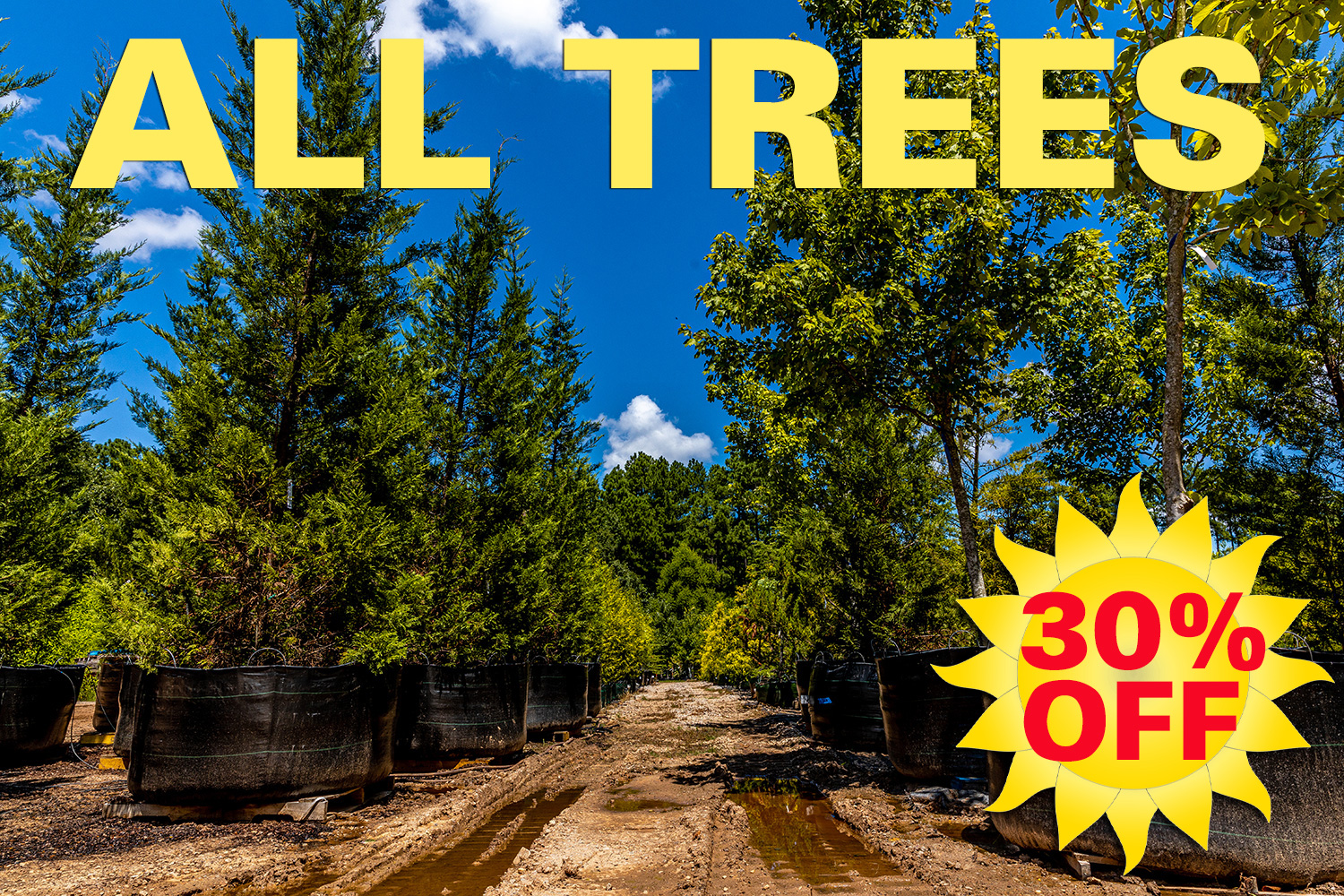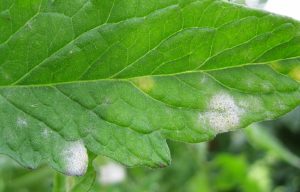FALL IS UPON US!
September & October Sales



Late Summer Garden Tips with Shawn
LATE SUMMER PERENNIALS
 A key to a successful perennial bed is including plants which bloom at different times of the season so you always have something flowering, as well as something to draw your attention from plants in the bed which may be past their prime. Often our perennial gardens are spring and summer bloom heavy and fall gets neglected. There are many good options to keep the blooms coming through the end of the season.
A key to a successful perennial bed is including plants which bloom at different times of the season so you always have something flowering, as well as something to draw your attention from plants in the bed which may be past their prime. Often our perennial gardens are spring and summer bloom heavy and fall gets neglected. There are many good options to keep the blooms coming through the end of the season.
For sun: Asters and perennial Chrysanthemums are easy to grow mainstays of the fall garden. The lavender-blue asters provide a cool contrast to the warmer tones of the autumn landscape. The daisy-like mums come in pinks, bronzes, and yellows and are often the last things blooming before frost. The blue-green foliage of Autumn Fire Sedums is topped off with fuzzy pink blooms in late summer. The blooms age from pink through dark red to rust. Don’t forget to consider ornamental grasses. They provide great texture, many foliage variations, and interesting seed heads which persist well into winter.
For shade: We have asters for shade, too. Wood asters in bloom have a baby’s breath like effect, white or lavender-blue. Japanese Anemones with their poppy-like flowers in pink or white are graceful mid-season bloomers. ‘Gilt Edge’ Toad Lily bridges the gap between summer and fall. It stands out with a contrasting gold edge around bright green leaves. Delicate purple blooms invite you to take a closer look. The colorful foliage of Huecheras can also add punch to a shady bed.

What’s That Spot?
 This time of year we get a lot of questions about spots on leaves. Though concerning, I would encourage you take a few deep breaths before grabbing your spray bottle.
This time of year we get a lot of questions about spots on leaves. Though concerning, I would encourage you take a few deep breaths before grabbing your spray bottle.
Most of the spotting we see this time of year is not cause for major concern. Much of the foliage has been around for months so the summer sun, heat, storms and insects all take a toll. It’s not surprising then that they are looking less than perfect by September. Japanese maples, especially those growing in quite bit of sun, commonly show spots and browning, as do many other plants.
Late summer weather provides ideal conditions for powdery mildew, a fungus which looks like white powdery spots or patches on upper leaf surfaces. While detracting from the plant’s appearance, it rarely causes serious harm. It shows up on a wide range of plants – including Crape Myrtles, Japanese Maples, Roses, Bee Balm, and Zinnias. Improving air circulation and avoiding overhead watering will help. A fungicide can be used in serious cases. Control can be difficult.

Conditions this time of year are also ideal for Cercospora, a fungus causing purplish-brown spots on the leaves of hydrangeas. Leaves may yellow and drop off. This is another one which may look bad, but is not overly harmful to the plant itself. Removal of leaves as they fall and a good rakeup at season’s end help prevent future infection. A fungicide can be used, but treatment is best started before spots appear.
